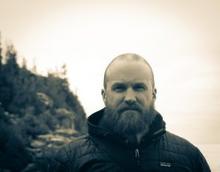 Dr. Brad Fedy
Dr. Brad Fedy
Associate Professor, School of Environment, Resources and Sustainability
PhD: Department of Forest Sciences, University of British Columbia
MSc: Department of Biology, York University
BES: Environment and Resource Studies, University of Waterloo
Dr. Todd Cross (Postdoctoral Fellow)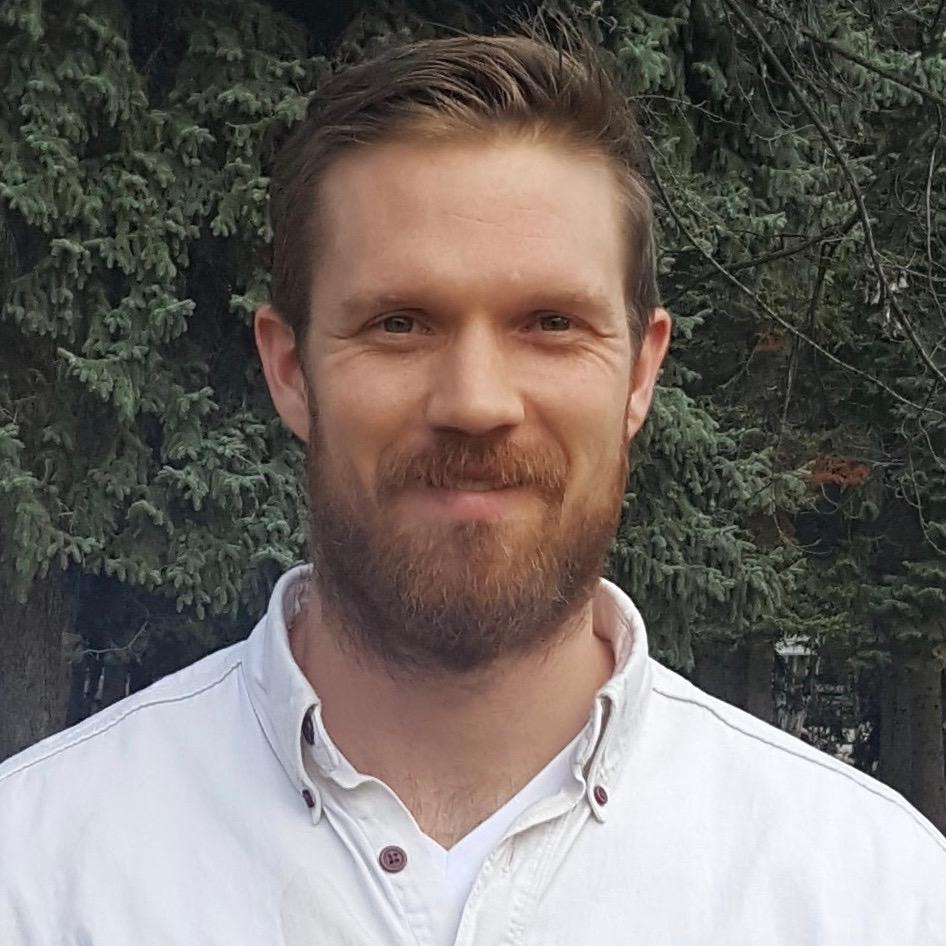
I strive to conduct research that concurrently explores the evolutionary ecology of species and that results in the provision of data-driven research products and spatial tools relevant to the management of wildlife species of conservation concern. I am primarily focused on two areas of research in addition to several side projects. Firstly, I am fortunate to be involved in a large-scale conservation genetics project that aims to understand population structure and to identify landscape and environmental features critical to maintaining genetic connectivity for greater sage-grouse. We use cutting-edge genomic methods and robust genetic tools to gather information from thousands of birds sampled from leks across the species’ range. Our efforts are in close collaboration with state and federal agencies responsible for sage grouse management across the eleven western states within the species’ range. Together, we are tackling an unprecedentedly large study that is providing a comprehensive view of genetic population structure, patterns of diversity, and qualitative connectivity data. Secondly, for the last few years I’ve been working to identify critical habitat for two different woodpecker species of conservation concern. Lewis’s woodpecker, reliant upon post-wildfire habitat and the tree snags therein for foraging, nesting, and brood rearing. White-headed woodpecker, reliant upon in-tact forested landscapes. The landscapes that both species rely upon are actively managed. Standing snags are of timber value and may need removal for hazard mitigation, and forested landscapes that are part of the Collaborative Forest Landscape Restoration Program. I leverage habitat selection models and occupancy models to determine critical habitat and to quantify the effects of management decisions on species occupancy, then create spatial tools from these models for use in decision support for natural resource managers. Website Google Scholar
Dr. 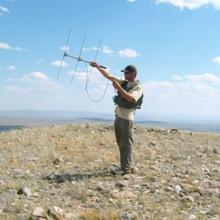 Chris Kirol (Postdoctoral Fellow)
Chris Kirol (Postdoctoral Fellow)
I received my Bachelor of Science in Biology from another UW, the University of Wyoming, in 2000. After working in a variety of capacities in wildlife research and management, I returned to the University of Wyoming and received a Master of Science in the Ecosystem Science and Managements Department in 2012. My Master’s project focused primarily on predicting greater sage-grouse selection and fitness on a landscape scale in an area influenced by energy development and assessing microhabitat vegetation conditions that are most important to female greater sage-grouse during the reproductive period in xeric sagebrush habitats. My interests broadly lie in applied research informing science-based wildlife management and conservation planning. To date, my research has focused on the sagebrush-steppe ecosystem and sagebrush obligate avian species such as the sage-grouse. My research has explored sage-grouse habitat at microhabitat and macrohabitat scales, primarily in human-altered sagebrush landscapes. Specifically, my reseacrch explores how habitat quality—the ability of the environment to provide conditions suitable for individual and population persistence—is compromised by human features and activities, such as oil and gas development, and what can be changed to reduce the impacts of these activities. e-mail: chriskirol@gmail.com
Kelly McLean (PhD)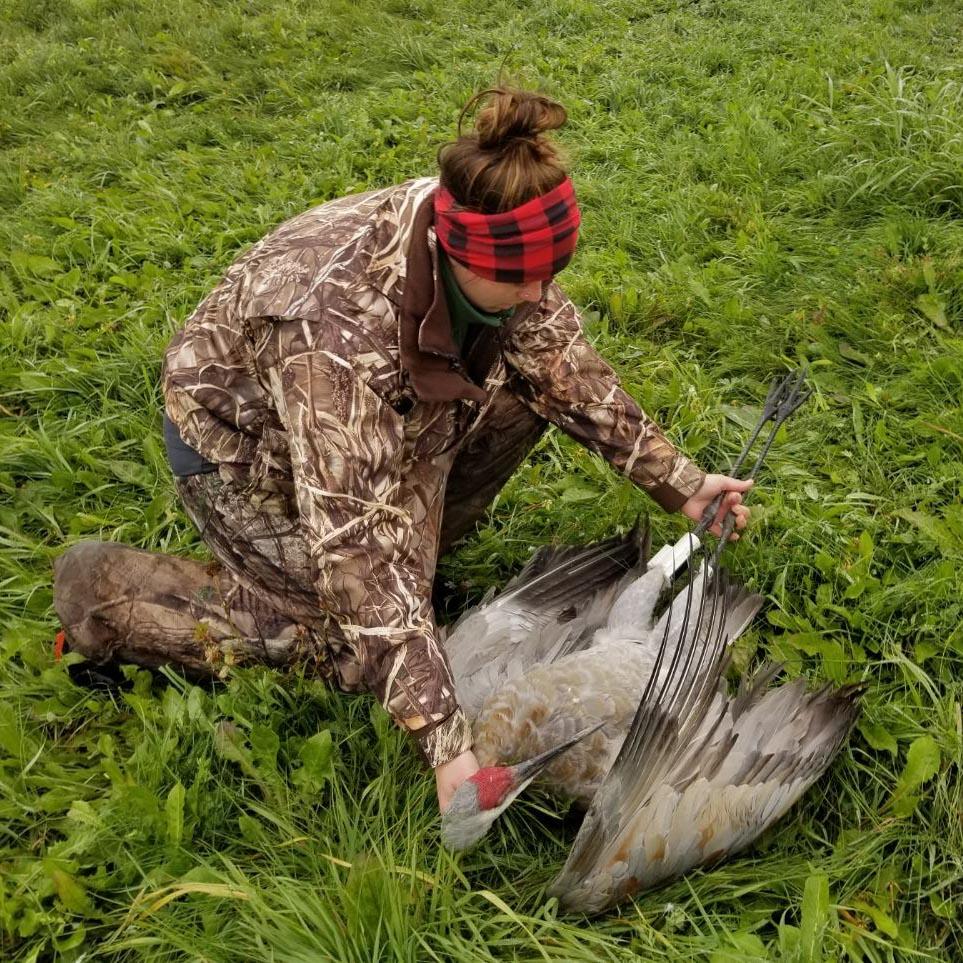
As an outdoor enthusiast I am interested in using applied wildlife research to develop sustainable wildlife management strategies, specifically for game species. I completed my MSc at the University of New Brunswick, where I researched the effects of commercial forestry on the distribution of American black ducks. Prior to that I completed an honours BSc in Biology at Trent University. I am excited to combine sophisticated statistical modelling and spatial ecology techniques in my PhD research in the Fedy lab. For this project I will be analyzing movement data from sandhill cranes outfitted with GPS transmitters. Sandhill cranes were once close to extinction but have made a remarkable recovery and are re-occupying their historic range. Cranes often feed in agricultural areas, and the crane population growth has been associated with an increase in crop damage, particularly in agricultural areas along the edge of the Boreal forest in Ontario and Quebec. My research, in partnership with the Canadian Wildlife Service, will fill information gaps in crane habitat use and spatial ecology which will then be used to determine areas most susceptible to crop damage and develop mitigation strategies to minimize crop loss. e-mail: kelly.mclean@uwaterloo.ca
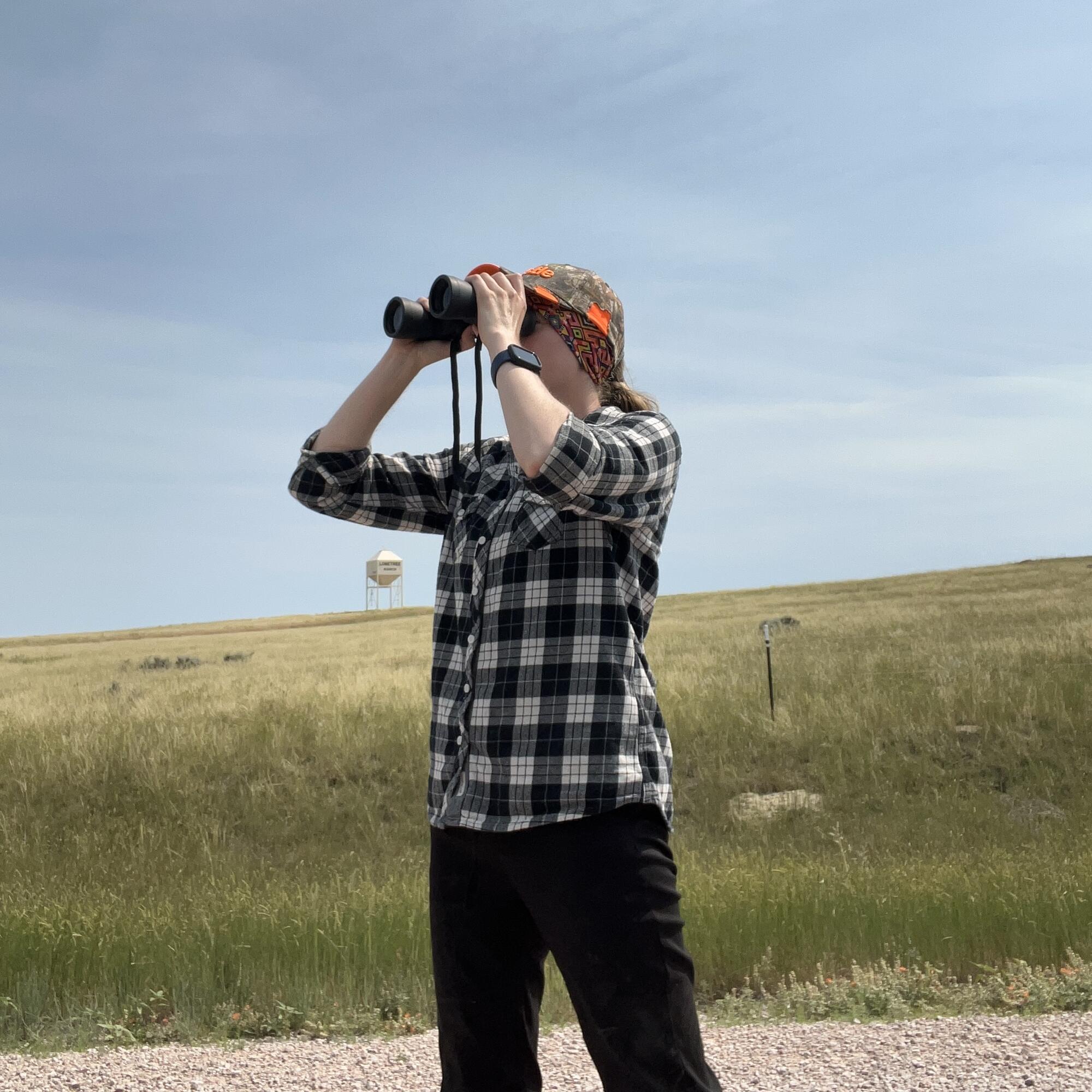 Jordan Reynolds (PhD)
Jordan Reynolds (PhD)
From a young age I’ve been passionate about the preservation of the natural world and biodiversity which has led me to pursue research in the field of ecology. I received my BSc and Certificate of Specialization in Animal Behaviours and Environmental Impact Assessment at Dalhousie University. During this degree, I researched the effects of chronic stress on reproductive fitness in field crickets, and the effects of glutathione on illness induced anorexia in Manduca caterpillars. For my MSc at the University of Waterloo in Dr. Rooney’s lab, I examined the determinants of avian communities in Rocky Mountain peatlands. Currently, I am pursuing a PhD in Dr. Fedy’s Lab at the University of Waterloo. For my thesis, I will analyze greater sage-grouse genetic and movement data and examine the abundance and distribution of avian predators. This research will address fundamental questions in ecology and contribute to the conservation and management of the greater sage-grouse and sagebrush steppe habitat. E-mail: jordan.reynolds@uwaterloo.ca
 Nathan Joakim (Master's)
Nathan Joakim (Master's)
My interest in wildlife comes from a very young age of exploring the back creek behind my childhood home and trips up to my cottage in the Bruce Peninsula. Experiencing wildlife brings joy to many people including myself and I thought, what a better way than to do this for a career. I started my academic journey at Fleming College in the Fish and Wildlife program where I found my passion for conservation of threatened species and gained a significant amount of practical experience there. I then went on to get my BSc in biology at Trent University. My career in wildlife ecology started right here in the Fedy Lab when I got my first field job as a waterfowl technician in Northern Alberta. The following season I found myself in the fortunate position to stay in the Fedy Lab as a sagebrush obligate bird research technician in Wyoming. I have since worked on a variety of projects that have allowed me to travel frequently to locations such as New Brunswick, British Colombia, and Idaho. I have returned to Wyoming and the Fedy Lab to further my knowledge on Greater sage-grouse and the issues they face. My work will be focused on documenting the abundance and distribution of predators and mesocarnivores in the sagebrush steppe. There is very little, to no documentation, on the abundance and distribution of such predators like the American Badger, Red Fox, Striped Skunk, and Common Raccoon in the sagebrush steppe of Wyoming and my work will aim to answer these questions. I will also look at how landscape features such as human-made ponds and reclamation activities relate to the abundance and distribution of predators and the associated risk of predation to sage-grouse. From my work life to my personal life not much changes, I love exploring new environments, fishing, hunting, and meeting new like-minded people along the way. E-mail: n2joakim@uwaterloo.ca
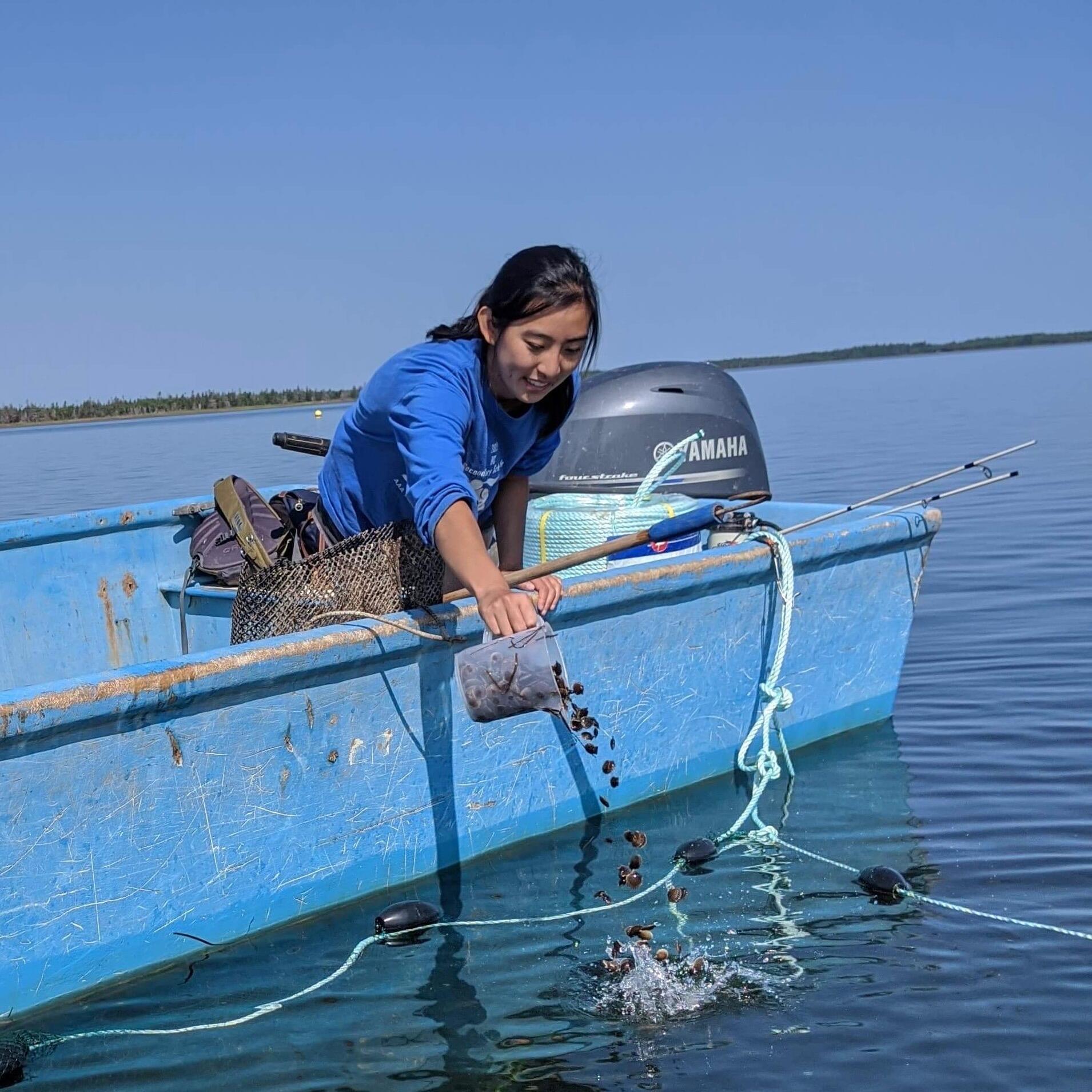 Kiaunna Lee (Master's)
Kiaunna Lee (Master's)
Growing up, surrounded by the outdoors, I was fortunate to be able to interact with nature and develop a curiosity for the natural world, which sparked my interest in wildlife conservation. Receiving my BSc in Applied Biology at the University of British Columbia, I had the opportunity to participate in various research projects – from studying oyster development to assessing dairy cattle welfare. Recently, I was involved in a camera trap project to assess how human activity affects coyote distribution, with the goal of reducing human-coyote conflicts. Combining my research interests in wildlife conservation and animal welfare, I am excited to join the Fedy lab and complete my Master’s at the University of Waterloo. My project involves the use of telemetry data and spatial analysis to understand patterns of habitat usage of sandhill cranes in Ontario and Quebec. This work will provide critical insight into the primary drivers that influence crane habitat use, and will also help inform the development of sustainable management strategies that promote coexistence between agricultural producers and sandhill cranes. kiaunna.lee@uwaterloo.ca
 Robyn Denn (Undergraduate)
Robyn Denn (Undergraduate)
Like many people who choose to pursue the natural sciences and ecology, I too felt drawn to this area of study through a deep passion and love for the outdoors. In 2021 I spent my first field season at the Long Point Bird Observatory, and it was here that I fell in love with wildlife science, conservation, and avian behaviour. I have since devoted much time pursuing these interests and have worked for institutions such as the University of Manitoba, Canadian Wildlife Service, and Parks Canada. I am also working towards completing my bachelor's degree in Environment, Resources, and Sustainability with a minor in Biology. Using microhabitat data collected by the Fedy Lab, my undergraduate thesis seeks to identify potential temporal variation in nest site selection of greater sage-grouse in Wyoming’s Powder River Basin. This research will fill knowledge gaps surrounding how sage-grouse use small scale habitat features over time and will continue to increase our collective knowledge of sage-grouse and sagebrush ecosystems.
Former lab members
POST DOCTORAL FELLOWS -------------------------------------------
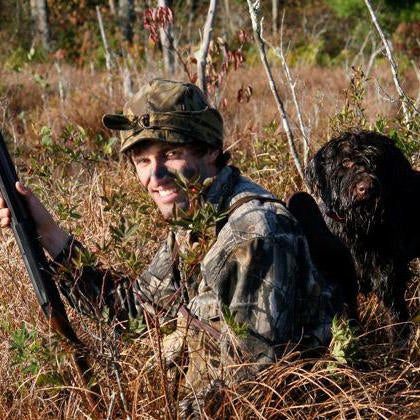 Dr. Kris Winiarski
Dr. Kris Winiarski
Postdoctoral Fellow: Landscape genetics and habitat selection. 2019
 Dr. Jeffrey Row
Dr. Jeffrey Row
Postdoctoral Fellow: Landscape genetics, demography, and habitat selection. 2018
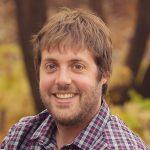 Dr. Jeremy Pittman
Dr. Jeremy Pittman
Liber Ero Postdoctoral Fellow: Conserving species at risk on Canada’s last remaining native grasslands. 2017
 Dr. Chris Kirol
Dr. Chris Kirol
Doctoral Thesis: Patterns of nest survival, movement and habitat use of sagebrush-obligate birds in an energy development landscape. 2021
 Dr. Matt Dyson
Dr. Matt Dyson
Doctoral Thesis: Nesting ecology of ducks in the boreal forest. 2020
 Dr. Jason Tack
Dr. Jason Tack
Doctoral Thesis: Guiding conservation of golden eagle population in light of expanding renewable energy development: a demographic and habitat-based approach. 2015
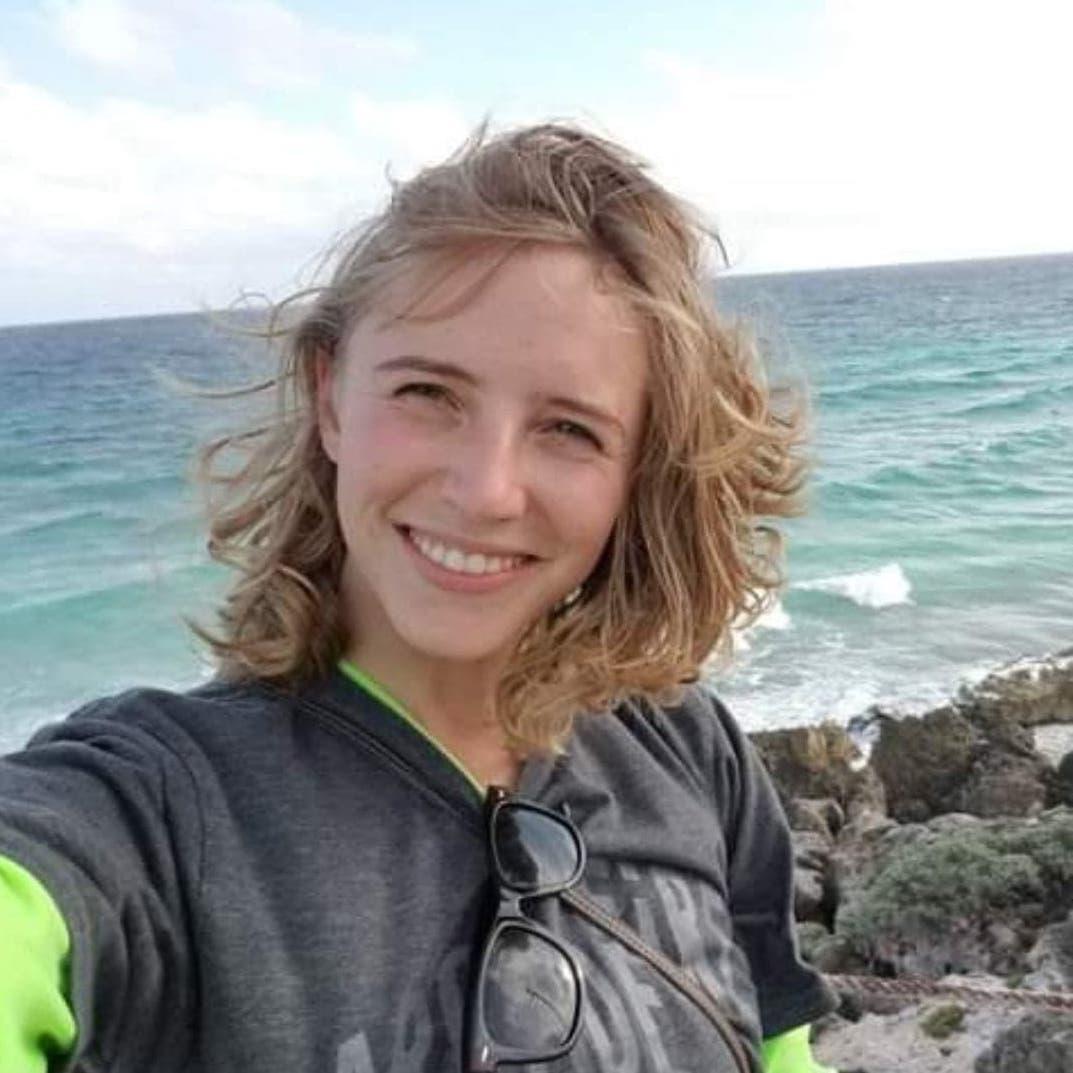 Marie Racioppa
Marie Racioppa
Master's Thesis: Systematic conservation prioritization centered on sage-grouse (Centrocercus urophasianus), in a region of competing land uses. 2021
 Ryan Johnstone
Ryan Johnstone
Master's Thesis: Lanscape effects on breeding habitat selection and incubation behaviour in boreal nesting ducks. 2021
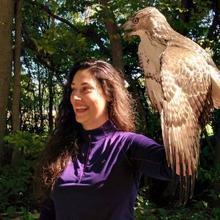 Natasha Barlow
Natasha Barlow
Master's Thesis: Does landscape-scale habitat reclamation and the umbrella species concept work to conserve sagebrush songbirds? 2019
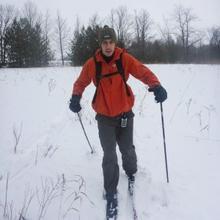 Marcus Maddalena
Marcus Maddalena
Master’s Thesis: Multi-scale patterns of Eastern milksnake (Lampropoeltis triangulum) habitat selection and behavioural responses to habiat fragmentation. 2018
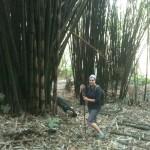 Holly Booker
Holly Booker
Master’s Thesis: The application of occupancy modelling to evaluate the determinants of distribution for jaguars Panthera onca, pumas Puma concolor, and valued prey species in a protected area. 2016
 Ryan Watchorn
Ryan Watchorn
Master’s Thesis: Assessing the efficacy of fathead minnows for mosquito control in semiarid rangelands. 2016
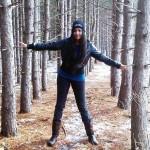 Anushi DeSilva
Anushi DeSilva
Master’s Thesis: A large-scale multi-seasonal habitat prioritization and an analysis of structural connectivity for the conservation of greater sage-grouse in Wyoming. 2015
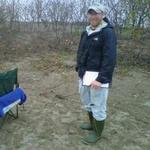 Ken Burrell
Ken Burrell
Master’s Thesis: The spring reverse migration of songbirds in the Pelee region: 2010-2012. 2013
SENIOR HONOURS THESIS STUDENTS -------------------------------------------
 Zoe Lawrence
Zoe Lawrence
Undergraduate Thesis: Examining incuation patterns of Black Terns (Chlidonias niger) in the Prairie Pothole Region of Canada using trail cameras. 2023
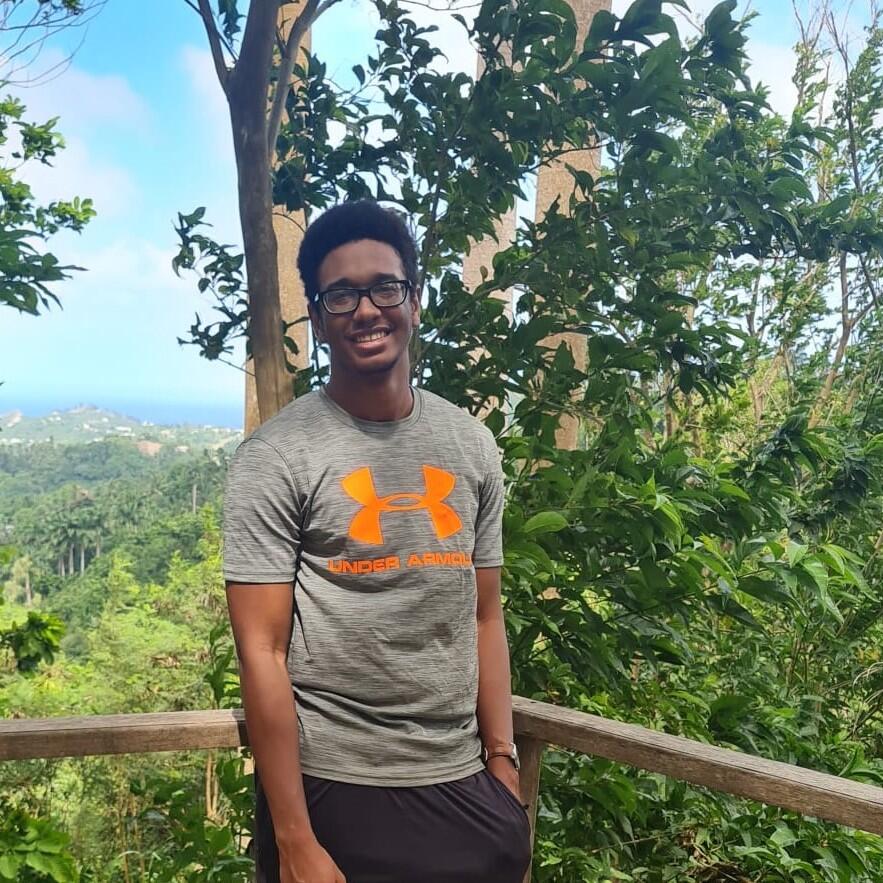 Abraham Jordan
Abraham Jordan
Undergraduate Thesis: Predictive mapping of loggerhead shrike (Lanius ludovicianus) nests in sagebrush habitat using GIS-based logistic regression modelling. 2022
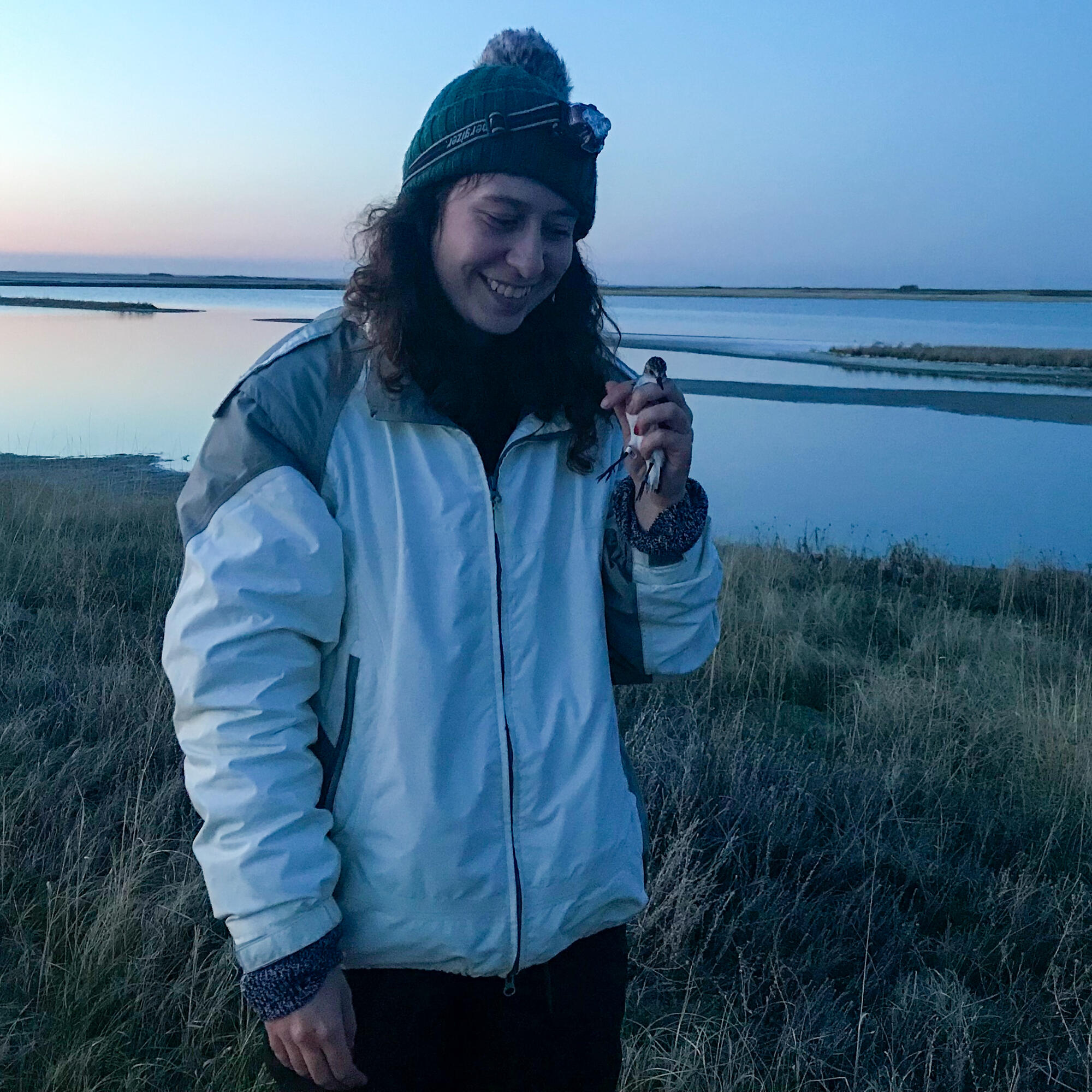
Kayla Caruso
Undergraduate Thesis: Shorebird habitat selection at small wetlands in the prairie pothole region of Saskatchewan. 2021
